Josh Philippe is set to play his first ODI for Australia in four years, after Josh Inglis failed to recover from his calf strain in time for the series opener against India.
Australian officials confirmed on Tuesday that Philippe had been called…

Josh Philippe is set to play his first ODI for Australia in four years, after Josh Inglis failed to recover from his calf strain in time for the series opener against India.
Australian officials confirmed on Tuesday that Philippe had been called…
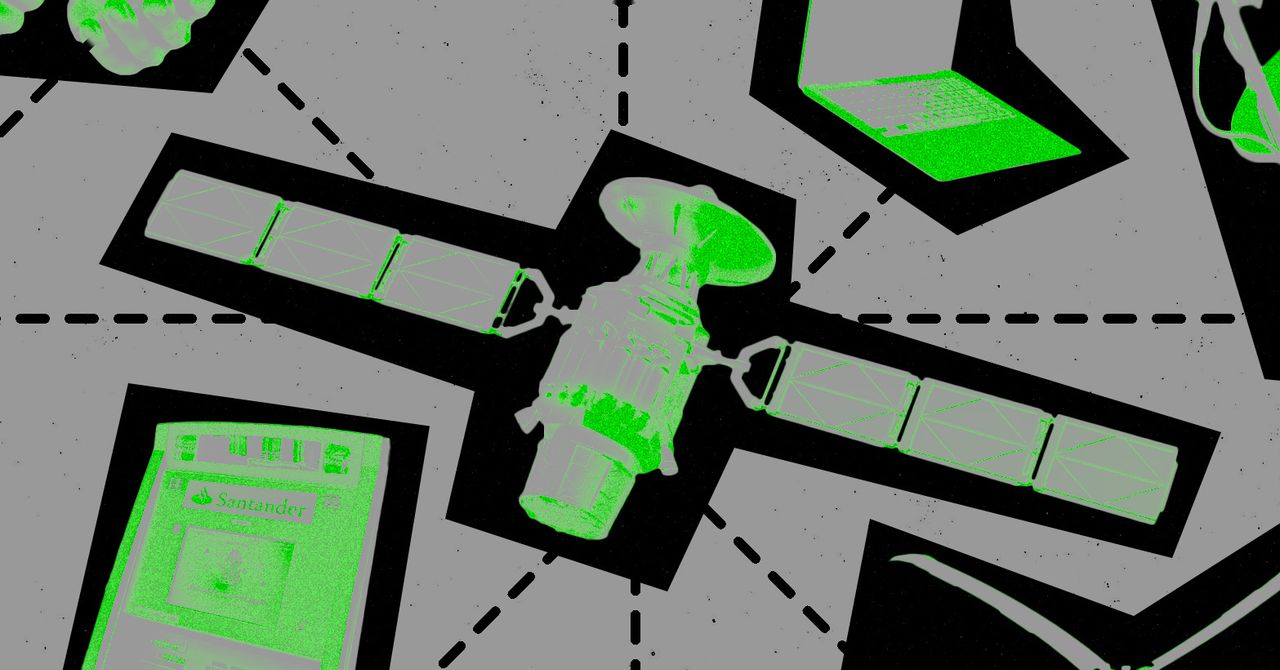
That suggests anyone could set up similar hardware somewhere else in the world and likely obtain their own collection of sensitive information. After all, the researchers restricted their experiment to only off-the-shelf satellite hardware: a $185 satellite dish, a $140 roof mount with a $195 motor, and a $230 tuner card, totaling less than $800.
“This was not NSA-level resources. This was DirecTV-user-level resources. The barrier to entry for this sort of attack is extremely low,” says Matt Blaze, a computer scientist and cryptographer at Georgetown University and law professor at Georgetown Law. “By the week after next, we will have hundreds or perhaps thousands of people, many of whom won’t tell us what they’re doing, replicating this work and seeing what they can find up there in the sky.”
One of the only barriers to replicating their work, the researchers say, would likely be the hundreds of hours they spent on the roof adjusting their satellite. As for the in-depth, highly technical analysis of obscure data protocols they obtained, that may now be easier to replicate, too: The researchers are releasing their own open-source software tool for interpreting satellite data, also titled “Don’t Look Up,” on Github.
The researchers’ work may, they acknowledge, enable others with less benevolent intentions to pull the same highly sensitive data from space. But they argue it will also push more of the owners of that satellite communications data to encrypt that data, to protect themselves and their customers. “As long as we’re on the side of finding things that are insecure and securing them, we feel very good about it,” says Schulman.
There’s little doubt, they say, that intelligence agencies with vastly superior satellite receiver hardware have been analyzing the same unencrypted data for years. In fact, they point out that the US National Security Agency warned in a 2022 security advisory about the lack of encryption for satellite communications. At the same time, they assume that the NSA—and every other intelligence agency from Russia to China—has set up satellite dishes around the world to exploit that same lack of protection. (The NSA did not respond to WIRED’s request for comment).
“If they aren’t already doing this,” jokes UCSD cryptography professor Nadia Heninger, who co-led the study, “then where are my tax dollars going?”
Heninger compares their study’s revelation—the sheer scale of the unprotected satellite data available for the taking—to some of the revelations of Edward Snowden that showed how the NSA and Britain’s GCHQ were obtaining telecom and internet data on an enormous scale, often by secretly tapping directly into communications infrastructure.
“The threat model that everybody had in mind was that we need to be encrypting everything, because there are governments that are tapping undersea fiber optic cables or coercing telecom companies into letting them have access to the data,” Heninger says. “And now what we’re seeing is, this same kind of data is just being broadcast to a large fraction of the planet.”
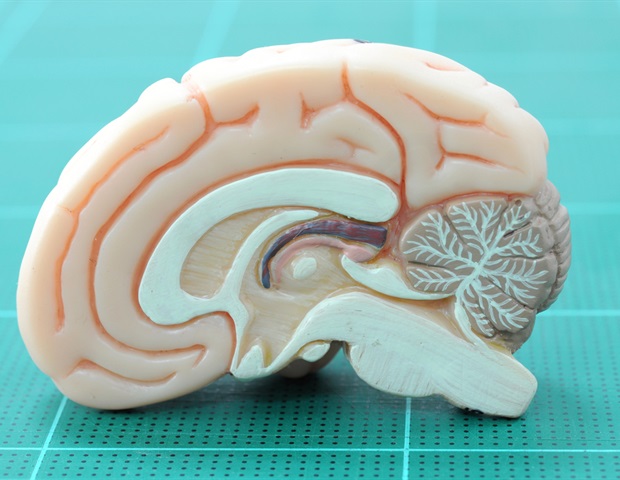
Hypothermia can preserve neuron health following brain injury, but complications from external cooling make it less promising therapeutically. Recent evidence suggests that activating a specific neuron population triggers a…
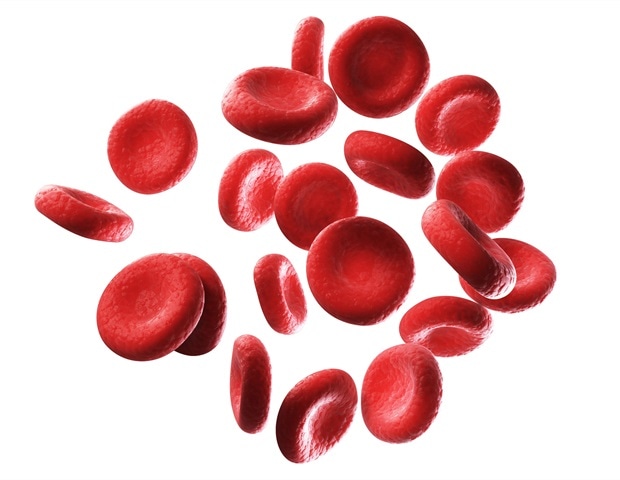
University of Cambridge scientists have used human stem cells to create three-dimensional embryo-like structures that replicate certain aspects of very early human development – including the production of blood stem cells.
Human…

A major UK cohort study uncovers widespread eating disorder symptoms among diverse adolescents, exposing urgent gaps in recognition, cultural care, and long-held assumptions about who is truly at risk.
Study: The Prevalence and…
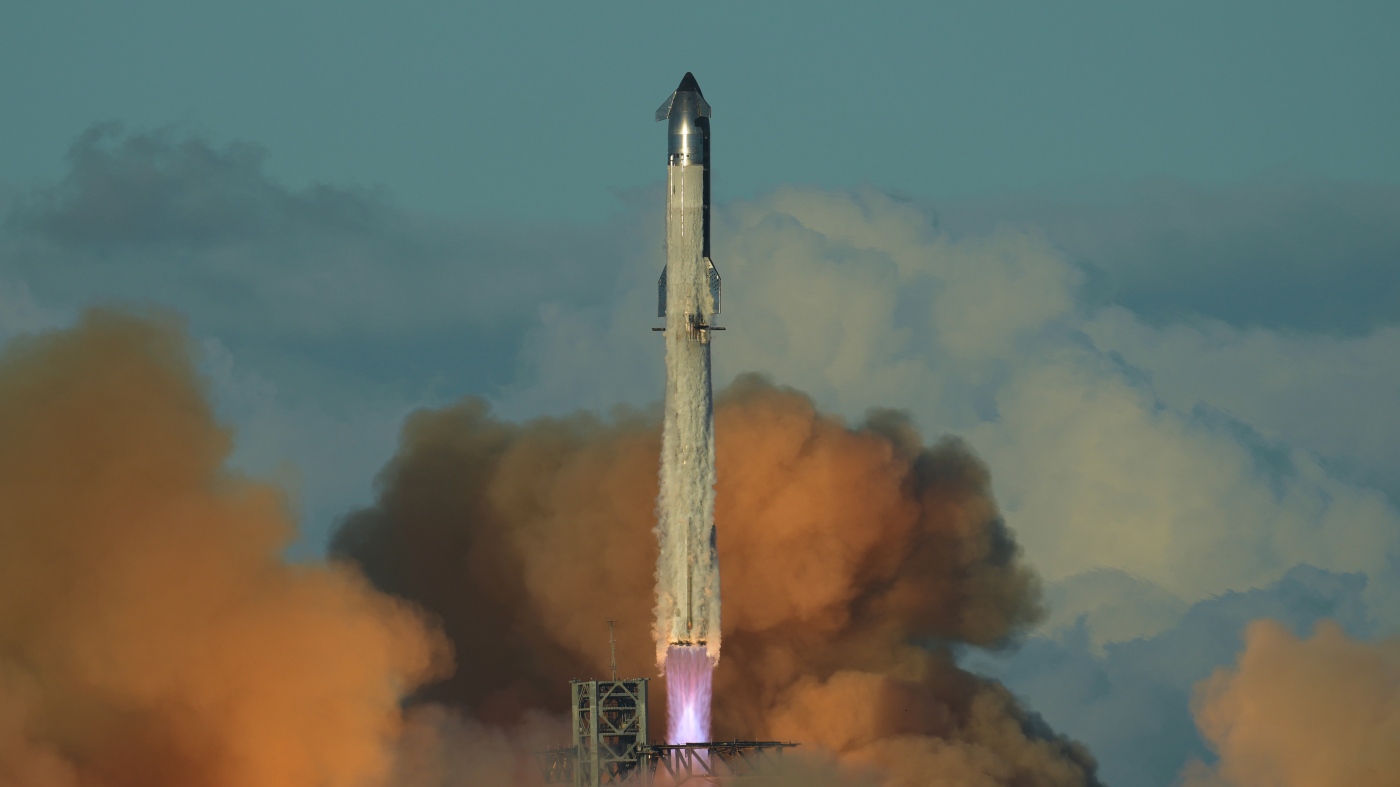
SpaceX’s mega rocket Starship makes a test flight from Starbase, Texas, Monday, Oct. 13, 2025.
…
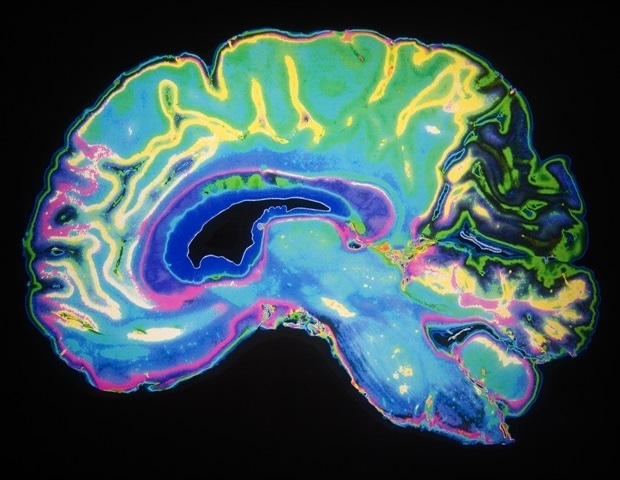
A multi-center randomized controlled trial with critically ill adults aged 50 years and older admitted to intensive care units (ICUs) found that twice-daily slow-tempo music (60 to 80 beats per minute) did not shorten the duration…

Kate Middleton reportedly has banned kids from using smartphones because of a deeper and painful reason.
As per a report by Radaronline.com, the…

Sepsis, or infection causing life-threatening organ dysfunction, is a leading cause of death in children worldwide. In efforts to prevent this rare but critical condition, researchers developed and validated AI models that…

By Bill Peters
Goldman analysts upgrade Estee Lauder’s stock, saying a sales rebound could happen sooner than investors think
Goldman Sachs analysts see “an upcoming fundamental inflection” for Estee Lauder as the cosmetics maker tries to turn its fortunes around.
Cosmetics giant Estee Lauder Cos.’s rebound could take hold sooner than expected, Goldman Sachs analysts said on Monday, as trends firm up in the U.S. and China and the company puts more focus on newer and higher-end products and sales through TikTok and Amazon.
The Goldman analysts upgraded shares of Estee Lauder (EL) to a buy rating. That upgrade helped send the stock 5.8% higher on Monday.
The analysts, in a research note, said they saw “an upcoming fundamental inflection” for Estee Lauder, which is known for brands like Clinique and Aveda, along with its namesake products. They added that the company could return to sales growth as soon as its fiscal first quarter, which ran through last month.
“Ultimately, we believe investors need evidence of sustainable toplinegrowth and share gains, and we believe this could happen earlierthan expected (possibly FQ1), and with continued progress on improved profitability, this should drive a re-rating in the stock,” the analysts said.
Higher costs of living, competition, tariffs and an online ecosystem that has sped up trend cycles have weighed on beauty-industry heavyweights. Estee Lauder this year has slashed thousands of jobs and announced plans to accelerate new-product development and take steps to be a bigger player in more upscale beauty products.
In February, Chief Executive Stéphane de La Faverie said that Estee Lauder had been “too slow to seize new opportunities” and that the company planned to deliver nearly a third of its product launches in under 12 months. In August, he called the moves “the biggest organizational transformation that we have done in our history.”
However, management in August said it expected better sales trends for mainland China – a key market that the Goldman analysts said makes up around a quarter of Estee Lauder’s sales – and at places like airport duty-free shops and cruise-ship terminals. Those trends were reasons to be optimistic, the analysts said.
“While there has been some debate around the elevated competition from local brands,” the analysts said of the backdrop in China, “we believe rising urban consumption should support [Estee Lauder’s] growth and the steps it is taking as part of its strategic vision should support further market share gains ahead.”
The analysts also said that while Estee Lauder’s business in North America lost a lot of ground over recent years, it is more diversified today. They said the company has less than one-third of its overall exposure to department stores. The rest, they said, was spread out across Amazon, Estee Lauder’s direct-to-consumer business, and other stores.
That current composition of its business, the analysts said, “should allow the company to reach its consumers in a more effective manner.”
The analysts noted that Estee Lauder first launched Clinique on Amazon in the U.S. last year, which has helped that brand pick up a bigger slice of the market. They said Estee Lauder currently has 11 brands on Amazon in the U.S. The company also recently launched two brands on TikTok Shop.
“Notably, [management] views these platforms as an important part of its new media model wherein these platforms serve the purpose of amplifying demand for its brands as consumers predominantly search for beauty products across these platforms,” the analysts said.
“While department stores will likely get even smaller over time as other growth channels pick-up in the mix,” they added, “we believe department stores remain an important channel to drive trial and certain categories will likely thrive in brick-and-mortar, such as fragrances and luxury skincare.”
-Bill Peters
This content was created by MarketWatch, which is operated by Dow Jones & Co. MarketWatch is published independently from Dow Jones Newswires and The Wall Street Journal.
(END) Dow Jones Newswires
10-13-25 2011ET
Copyright (c) 2025 Dow Jones & Company, Inc.